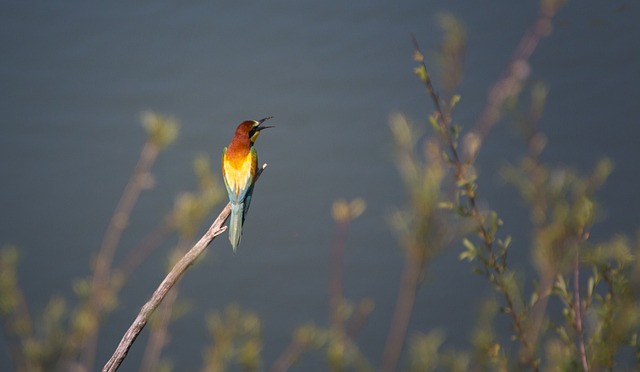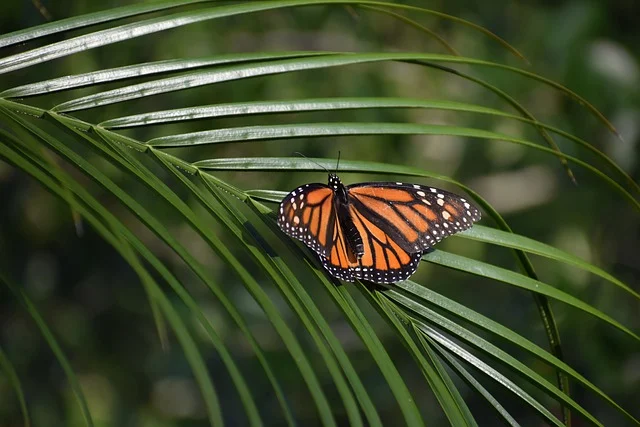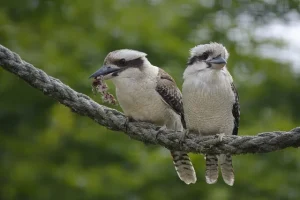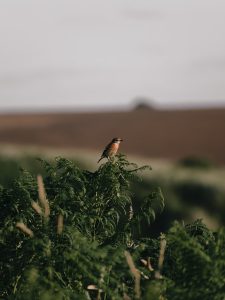Urbanization is a defining feature of the modern world, with more than half of the global population now living in urban areas. This rapid growth has transformed landscapes, often leading to habitat loss and fragmentation that profoundly affect local wildlife. As cities expand, the challenge of ensuring coexistence between humans and wildlife has never been more pressing. This article explores the impact of urbanization on local wildlife and offers solutions to foster a harmonious relationship between urban environments and their surrounding ecosystems.
Understanding Urbanization and Its Consequences
Urbanization refers to the increasing population in urban areas, often accompanied by the expansion of cities and infrastructure development. While urban areas can provide numerous benefits, including economic opportunities and improved living standards, they also pose significant challenges for wildlife.
Habitat Loss and Fragmentation
One of the most immediate impacts of urbanization is habitat loss. As forests, wetlands, and grasslands are converted into residential, commercial, and industrial areas, the natural habitats that wildlife depend on are diminished. This loss often leads to fragmentation, where remaining habitats become isolated patches. Species that require large territories for feeding, mating, and migration may struggle to survive in fragmented landscapes.
For instance, the construction of highways and roads not only destroys habitats but also creates barriers that restrict animal movement. This is particularly concerning for species such as deer, bears, and amphibians, which rely on corridors for seasonal migration and dispersal.
Increased Human-Wildlife Conflicts
As urban areas encroach upon wildlife habitats, the likelihood of human-wildlife conflicts increases. Animals that venture into urban settings in search of food or shelter can lead to dangerous encounters, resulting in injuries to both humans and wildlife. Common examples include coyotes scavenging in residential neighborhoods, raccoons raiding garbage cans, and deer wandering onto roads, leading to accidents.
Moreover, the presence of invasive species, often facilitated by human activity, can further disrupt local ecosystems. Invasive plants and animals can outcompete native species, altering food webs and destabilizing habitats.
Altered Ecosystems
Urbanization also changes the ecological dynamics of the areas it encroaches upon. The introduction of artificial lighting, noise pollution, and chemical runoff can disrupt the behavior of wildlife, affecting their feeding, mating, and migratory patterns. For example, artificial light can disorient migratory birds and lead them to collide with buildings. Additionally, pollutants from urban runoff can harm aquatic ecosystems, impacting fish populations and the animals that depend on them.
Finding Solutions for Coexistence
While the challenges posed by urbanization are significant, there are numerous strategies that cities and communities can adopt to promote coexistence with wildlife. Here are some key solutions:
1. Urban Planning with Nature in Mind
Integrating wildlife considerations into urban planning is crucial for minimizing habitat loss. Cities can adopt a green infrastructure approach, which involves incorporating parks, green roofs, and urban forests into their design. These green spaces not only provide habitats for wildlife but also offer recreational opportunities for residents.
Additionally, planning for wildlife corridors can facilitate movement between fragmented habitats. By creating safe passages for animals, cities can help maintain biodiversity and support ecological processes.
2. Community Engagement and Education
Raising awareness about the importance of local wildlife and the challenges they face is essential for fostering coexistence. Community engagement initiatives, such as citizen science projects, can empower residents to participate in conservation efforts. For example, local wildlife surveys can help track species diversity and monitor changes in populations.
Educational programs can also inform residents about how to coexist with wildlife. Simple actions, such as securing trash, using bird-friendly glass, and planting native species in gardens, can significantly reduce conflicts and support local ecosystems.
3. Creating Wildlife-Friendly Spaces
Cities can implement practices that make urban environments more hospitable for wildlife. This can include:
- Native Landscaping: Encouraging the use of native plants in parks and gardens can provide food and shelter for local wildlife while reducing the need for chemical fertilizers and pesticides.
- Pollinator Gardens: Creating spaces specifically designed for pollinators, such as bees and butterflies, can help support declining populations and enhance biodiversity.
- Wildlife Crossings: Installing overpasses or underpasses for wildlife at key points can help animals safely navigate urban areas and reduce roadkill incidents.
4. Policy and Regulation
Local governments play a crucial role in regulating activities that impact wildlife. Implementing and enforcing policies that protect natural habitats from development can help preserve critical ecosystems. Zoning laws can also be adjusted to incorporate green spaces and wildlife corridors in new developments.
Furthermore, supporting wildlife rehabilitation centers and sanctuaries can provide safe havens for injured or displaced animals, promoting their recovery and eventual return to the wild.
5. Research and Monitoring
Ongoing research and monitoring are vital for understanding the impacts of urbanization on local wildlife and assessing the effectiveness of coexistence strategies. Collaborations between universities, conservation organizations, and local governments can facilitate data collection and analysis, informing future urban planning and conservation efforts.
Citizen science initiatives can also engage the public in monitoring local wildlife populations and habitats, fostering a sense of stewardship and connection to the environment.
Conclusion
The impact of urbanization on local wildlife presents significant challenges, but it also offers opportunities for innovation and collaboration. By adopting strategies that prioritize coexistence, cities can create environments where both people and wildlife thrive. Through thoughtful urban planning, community engagement, and effective policies, we can mitigate the negative effects of urbanization and work towards a sustainable future.
As urban areas continue to expand, it is essential that we recognize the intrinsic value of local wildlife and their role in maintaining healthy ecosystems. Embracing coexistence not only enhances our quality of life but also ensures that future generations can enjoy the beauty and diversity of nature in their urban landscapes. Together, we can find solutions that honor both human progress and the natural world.






